Gairney Glen Viaduct
Gairney Glen Viaduct
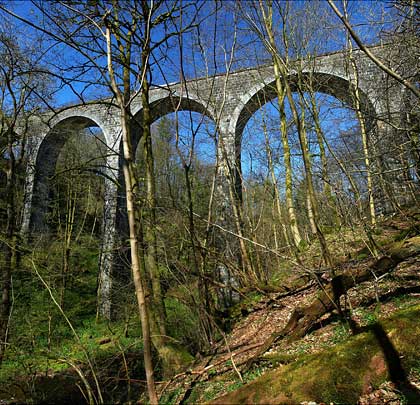
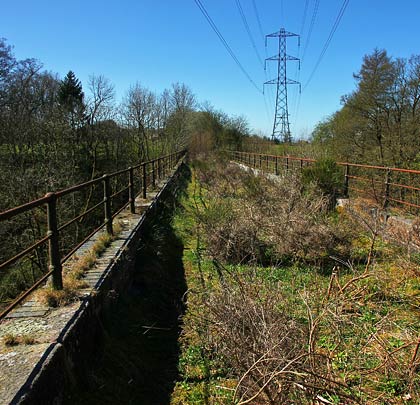
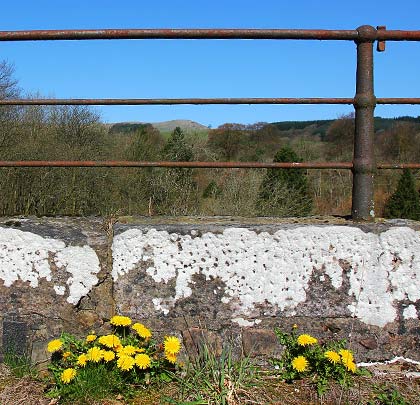
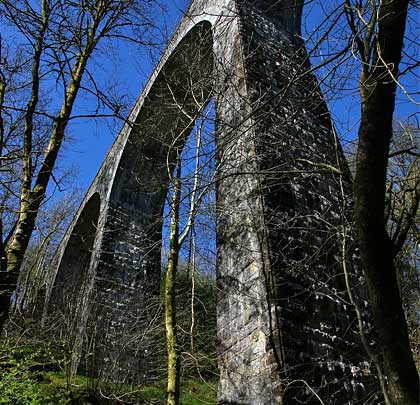
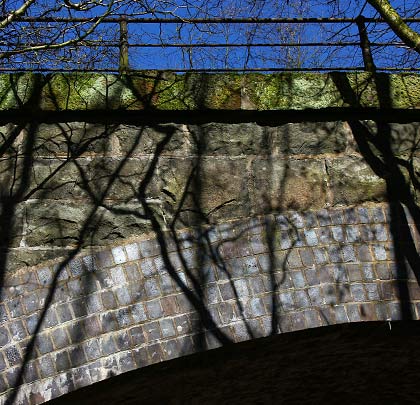
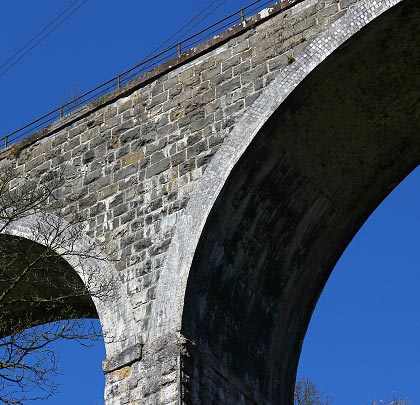






When railway mania was at its height, plans were developed to establish a route through central Scotland, linking the Clyde and the Tay. One key element in this involved driving a line through the valley of the River Devon between Alloa and Kinross, a distance of 17 miles. Construction was progressed in piecemeal fashion thanks to the late-1840s collapse in railway investment and difficulties overcoming the engineering challenges involved.
The first section was progressed by the Stirling & Dunfermline Railway which pushed a branch north-east from Alloa to Tillicoultry in 1851. The 12-year hiatus that followed was broken by the Devon Valley Railway opening a 6½-mile line from Kinross to Rumbling Bridge. The same company extended the Tillicoultry branch to reach Dollar in 1869, leaving only a 4½-mile missing link. However, with its deep gorges, this would demand skill and financial muscle beyond the DVR, resulting in the intervention of the North British Railway.
Amongst the engineering needs were an 80 feet deep cutting, a 900-yard embankment, ten underbridges, 7 overbridges and two viaducts. The Rumbling Bridge end was 320 feet higher than the datum point at Dollar. Work got underway in 1869 and the route was inspected by Colonel Hutchinson for the Board of Trade on 15th April 1871. It was brought into use on 1st May. The North British absorbed the Devon Valley Railway in 1875 having worked the line from the outset.
Set in picturesque surroundings, the easternmost of the two viaducts crossed Gairney Glen at a height of 110 feet. Comprising five spans, it hosted the route’s single track for a distance of 120 yards. Grey masonry piers rise up from the deep V-shaped valley, supporting 45-foot arches of six brick rings, the central one spanning the burn. The iron post-and-handrail parapets – section of which are missing – are mounted on single rows of stone blocks. Some patch repairs in brick are apparent.
The line’s eastern section – incorporating the viaduct – lost its operational status on 15th June 1964; the western end, as far as Dollar, survived until June 1973 and was used by a rail tour on 25th August. A short section at Alloa was subsequently reopened to connect with the Coop Coal Siding, whilst the remaining line was the subject of a reopening bid by the Scottish Railway Preservation Society. This however was unsuccessful and the track was lifted in 1976.







